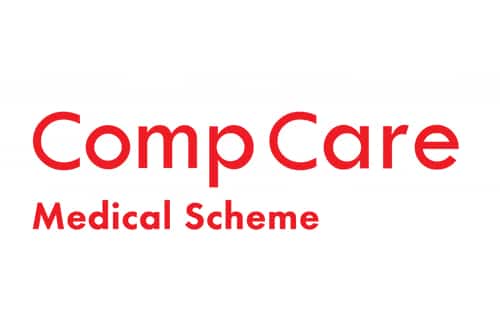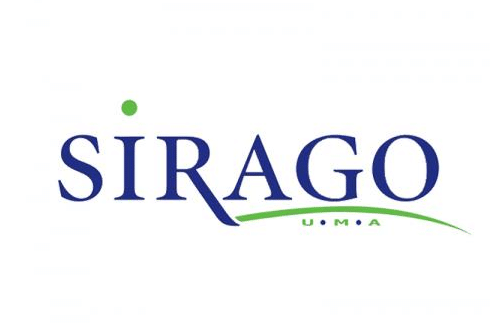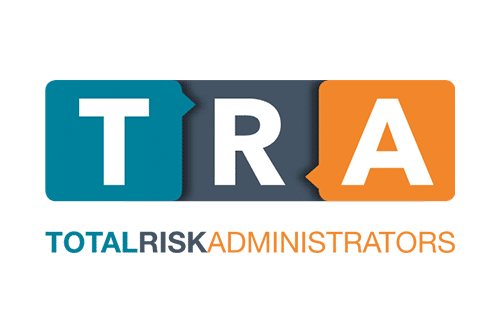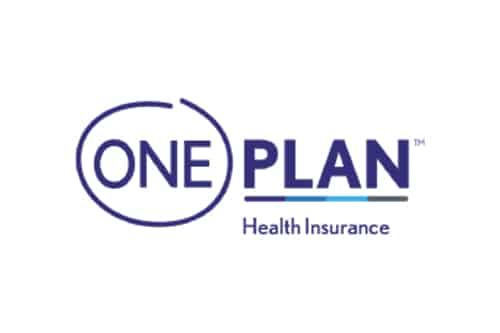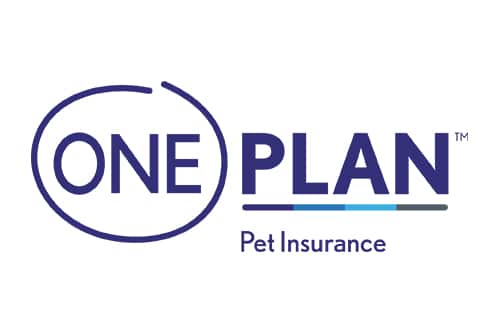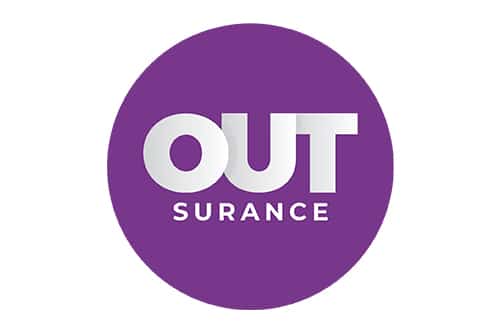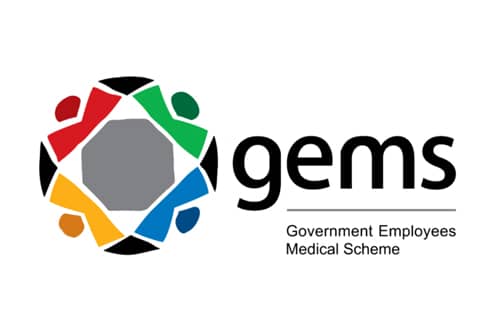
5 Best Gap Cover Options for Under R500
The 5 Best Gap Cover Options for Under R500 in South Africa revealed.
We tested them side by side and verified their best gap cover options under R500.
This is a complete guide to the best gap cover options under R500 in South Africa.
In this in-depth guide you’ll learn:
- What is gap cover?
- Should you get gap cover if you already have medical aid?
- Is R500 too much for gap cover?
- Why should you have gap cover in South Africa?
- What is the difference between gap cover and health insurance?
So if you’re ready to go “all in” with the best gap cover options for under R500 in South Africa, this guide is for you.
Let’s dive right in…
Best Gap Cover Options for Under R500 (2024)
| 🩺 Medical Aid | ✔️ Offers Gap Cover Options? | ⚕️ Monthly Premium | 👉 Sign Up |
| 1. Liberty Essential Gap Cover | Yes | From R333 | 👉 Apply Now |
| 2. Sirago Gap Cover | Yes | From R249 | 👉 Apply Now |
| 3. Stratum Compact 300 Gap Cover | Yes | From R257 | 👉 Apply Now |
| 4. Turnberry Gap Cover | Yes | From R366 | 👉 Apply Now |
| 5. Bonitas Medgap Gap Cover | Yes | From R334 | 👉 Apply Now |
5 Best Gap Cover Options for Under R500 Summary
- Liberty Essential Gap Cover – Overall, Best Gap Cover Options for Under R500 in South Africa
- Sirago Gap Cover – Includes a Cancer-Boost Benefit
- Stratum Compact 300 Gap Cover – Low-Cost Option for Healthcare Events
- Turnberry Gap Cover – Has Casuality and Co-Payment Cover
- Bonitas Medgap Gap Cover – Covers Medical Treatment Expenses
Introduction to Gap Cover Options for Under R500

Even with medical aid coverage, the overall cost of medical care in South Africa can be prohibitively expensive.
This cost has been rising at a rate that is significantly faster than the country’s average rate of inflation over the course of recent years, which has resulted in increased medical payments as well as increased expenditures paid out of pocket for medical treatment.
In addition, many of people find out the hard way that the medical aid coverage they have purchased is not enough to cover all of their necessary medical expenses, leaving them with a significant strain on their finances.
Gap Cover is a supplemental insurance policy that can assist bridge the gap between what medical aid covers and what you actually spend out of pocket for medical expenses. Gap Cover is also known as bridge insurance.
What is Gap Cover?

The difference between the amount that is covered by a medical aid plan and the amount that is charged by healthcare providers is something that is covered by a form of insurance known as gap cover insurance.
Even the prescribed minimum benefits that Medical Aid plans in South Africa are required by law to cover (it is referred to as PMBs) may not cover the whole cost of medical care, which will leave members without adequate coverage.
Gap Cover Insurance can fill this coverage void by offering supplementary financial protection against medical costs. Private insurance firms are the most common providers of gap cover insurance, which serves as a complement to medical aid plans and is supplied at a minimal cost.
In South Africa, one of the lesser known advantages of gap cover is that it can contribute towards covering medical aid premiums and benefits in the event that the primary policyholder passes away. This is of utmost significance for households in which the primary policyholder is the sole provider of financial support for the family’s healthcare costs.
It is possible that the medical aid premiums may no longer be reimbursed in the case that the primary policyholder passes away. If this occurs, the surviving members of the family would be left without medical insurance coverage. Because of the exceptionally high cost of medical treatment in South Africa, this might have a disastrous effect on one’s financial situation.
Additionally, certain gap cover plans may give extra benefits, such as a funeral benefit, which can assist in covering the costs of the policyholder’s funeral in the event that the policyholder passes away. This can be of tremendous assistance to families, many of which do not possess the financial means necessary to pay for such costs.
Why Should You Have Gap Cover in South Africa?

Gap Cover is not required, but it offers additional financial protection against medical costs that are not covered by insurance. In order to guarantee that you are covered for all of your medical expenses, even if you already have medical aid, it is a good idea to look into gap cover insurance.
A range of medical costs that are not covered by the Medical Aid plan include the following:
- Co-payments, a component of a member’s medical cost that the member is responsible for paying out of their own personal funds, can be covered by gap cover insurance instead.
- Healthcare professionals levy costs that are more than those established under the Medical Aid plan. These expenditures could be covered by gap cover insurance.
- Medical expenses that are not paid for by the Medical Aid plan are referred to as non-PMBs. On the other hand, Gap Cover Insurance could protect you against these non-PMBs.
READ more about the Best Hospital Plans under R2000 per month
Different Gap Coverage Providers

When looking for medical gap cover, it is crucial to compare gap cover providers in South Africa. This will allow you to verify that you are receiving the greatest coverage available at a price that is within your budget. Here are some reasons why you should compare gap cover providers, as well as several ways to do so:
- There is a wide variety of gap cover providers, each of which offers its own unique set of advantages and coverage.
- By shopping around, you might choose a carrier that offers the coverage and benefits that are appropriate for your needs.
- The prices for gap insurance might vary substantially depending on the provider you choose and the level of coverage that you purchase.
- If you look about, you should be able to discover a plan that satisfies your requirements at a cost that is within your budgetary comfort zone.
- Many gap cover policies require their customers to wait for a certain amount of time before they begin providing coverage.
- You might choose a company that has a shorter waiting period or offers instant coverage by comparing the various suppliers.
- There is a possibility that the gap cover you obtain will be contingent on the network of healthcare professionals with which some gap cover providers collaborate.
By evaluating several providers, you should be able to select one that has a network that include your chosen healthcare providers.
When comparing gap insurance providers, the first step is to conduct research on the various providers and the services that they offer.
Check out their waiting times, prices, and coverage and perks, as well as their provider network. When you have narrowed down your list of possible providers, it is a good idea to acquire quotations from each one so that you can compare the prices they charge and the locations that they service.
You may also learn about the experiences that other people have had with the service provider by reading reviews that have been posted by current clients as well as clients who have used the provider in the past.
Due to the fact that every medical aid gap cover plan will have its own unique set of advantages, it is essential to do a comparison of the benefits offered by each plan. Look for plans that include coverage for co-payments, excess payments, and expenditures incurred outside of hospitals.
Additionally, some plans may also cover services such as counselling or transportation to medical facilities in case of an emergency.
Consider the quality of customer care provided by each supplier. Look for organisations who have a solid reputation for providing excellent customer service, have personnel that is courteous, and have rapid response times.
In addition, compare the cost of all the different plans and find one that offer you the best you can afford.
How to Choose the Best Gap Cover Plan

It might be challenging to select the appropriate gap cover plan because there are many different kinds of plans available on the market, each with its own set of characteristics and advantages.
In order to make a choice that is based on accurate information, it is vital to first have an understanding of the different gap cover plan possibilities.
The following categories of gap cover policies are among the most common types:
- Your medical aid plan may not cover all of your in-hospital medical charges, but you can purchase a plan called Basic Gap Cover that will cover some of those costs. The premiums for basic gap cover policies are often lower than those for more comprehensive plans, but these plans offer a smaller number of benefits.
- Comprehensive Gap Cover is a form of plan that offers more broad coverage for in-hospital medical bills, in addition to some outpatient charges and co-payments. This type of plan may also cover certain outpatient expenses. The premiums for comprehensive gap cover policies are often more than those for basic plans; however, comprehensive gap cover plans also provide more complete gap coverage.
- Top-up Gap protection is a sort of plan that is meant to augment the protection that is given by your medical aid programme, particularly for operations or treatments that are costly. Top-up gap cover policies are beneficial for people who already have a comprehensive medical aid plan but want additional protection against excessive medical bills.
- A disease-specific gap cover is a type of plan that offers coverage for certain medical illnesses or treatments, such as therapy for cancer or long-term medication. People who have a greater chance of acquiring certain medical diseases or who require continuing treatment for a particular ailment may benefit from disease-specific gap cover plans. These plans are designed to fill the coverage gap left by health insurance policies.
You may consider any of the following 5 best known cover options for under R500 per month:
1. Liberty Essential Gap Cover
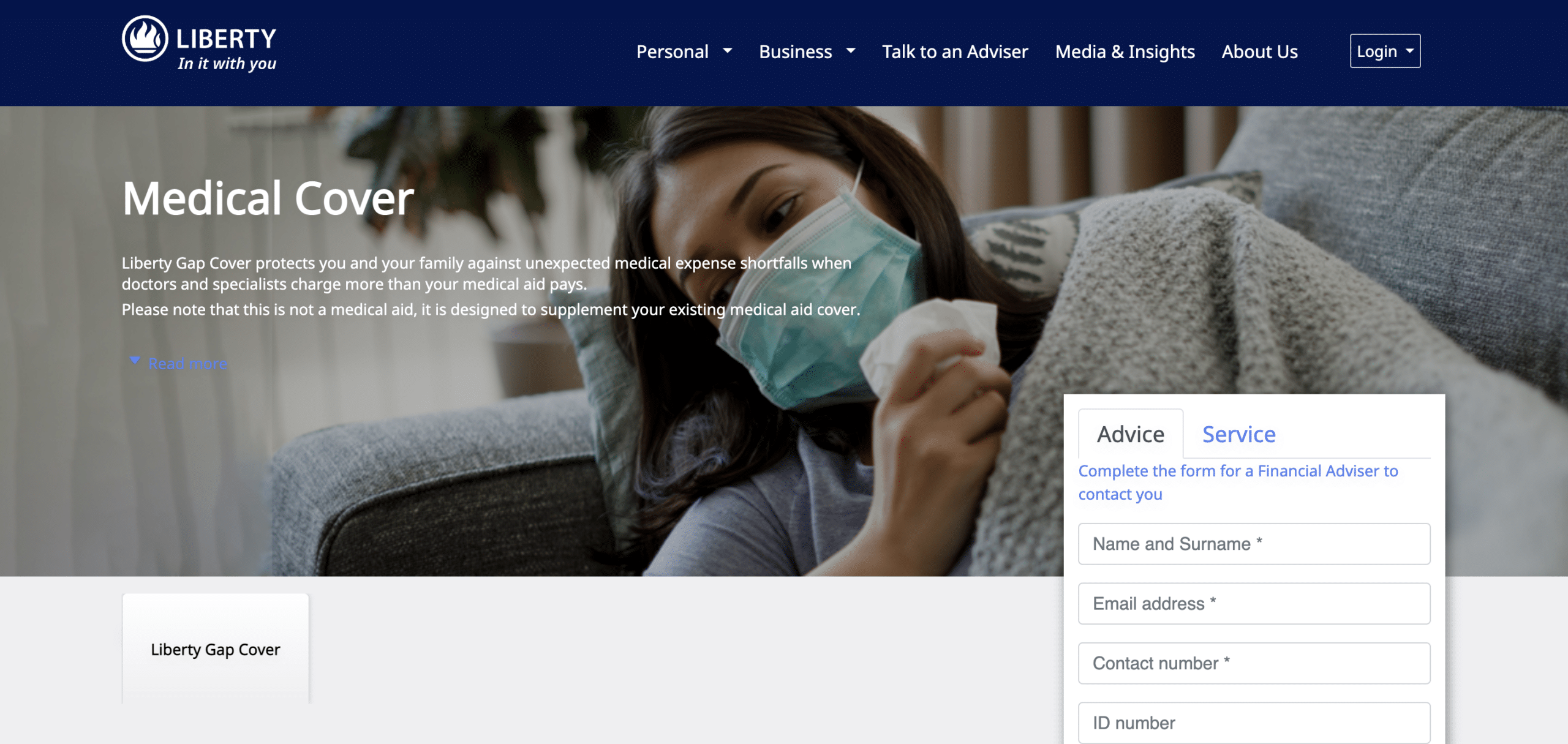
Liberty Insurance is a trusted brand among South Africans, known for the various health and financial products it provide at affordable rates in South Africa.
Their essential gap cover provides a total of R173 000 in shortfall expenses for covered members and an addition of accidental injury amount and out-of-hospital fees for specialists and doctors.
Liberty Essential gap cover can be bought from R333 – R447 per month per individual and Liberty Universal gap cover can be bought at R447 – R650 per month.
Liberty Gap Cover has three plans to choose from:
2. Sirago Gap Cover

Sirago Gap Cover options provide good gap cover for younger individuals, families, and older people. Medical aid shortfalls are covered at up to 250% of the scheme rate, based on an overall annual limit per person.
Benefits include co-payment cover for hospital admissions, scans, surgical procedures and the use of non-designated service providers. There’s basic cover for the treatments of PMBs at non-DSPs and procedures conducted in day hospitals or doctors’ rooms.
It includes a cancer-boost benefit, new-born baby benefit, and emergency room and preventative care cover.
The current monthly premiums for Sirago Gap-Lite are between R249 and R419 for individuals of 64 years of age and younger, and Sirago Gap Assist cost between R342 and R583 per month.
Sirago Gap Cover has eight plans to choose from:
3. Stratum Compact 300 Gap Cover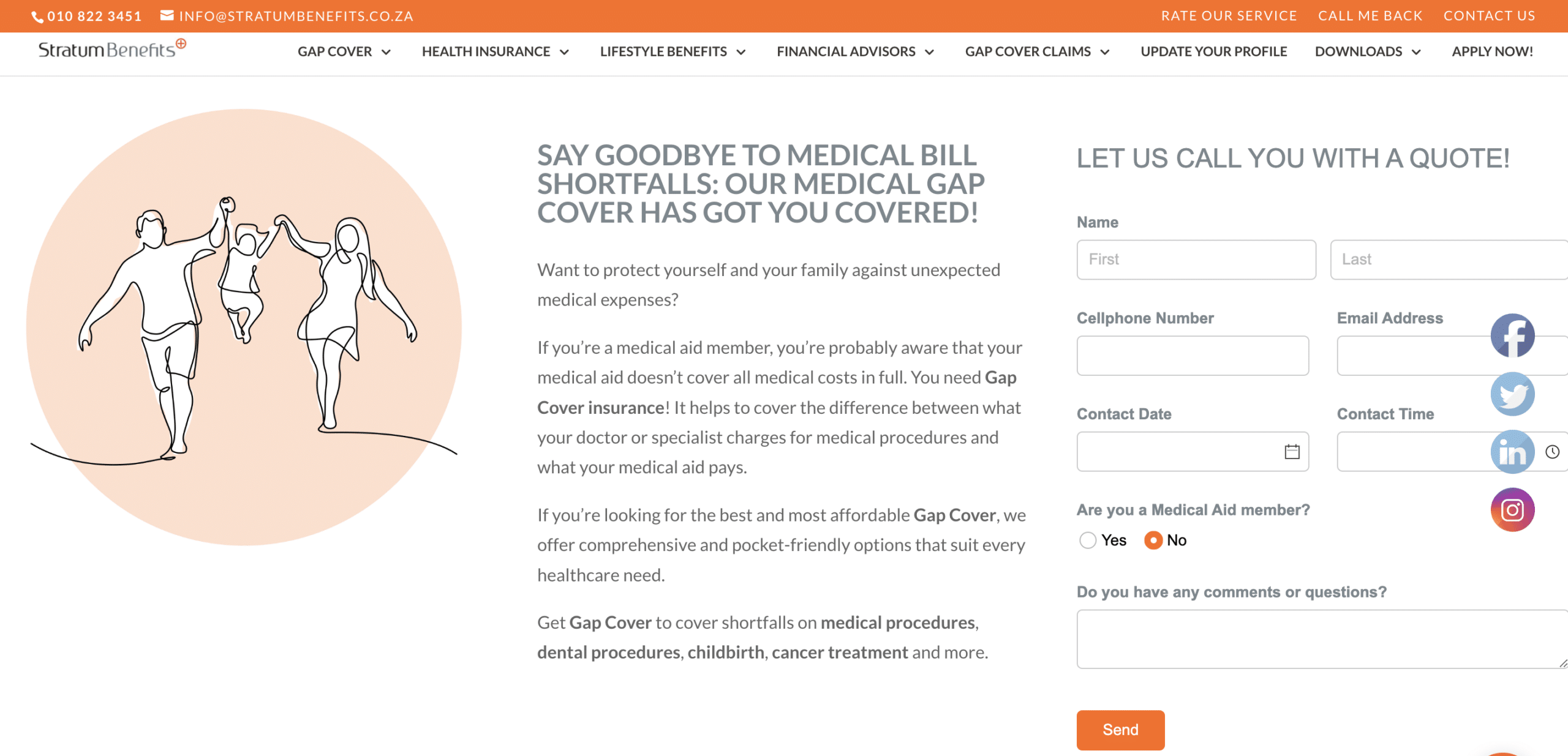
Stratum Compact 300 Gap Cover is a fairly low-cost option suitable for individuals and families that covers general healthcare events, up to an overall annual limit per person.
The shortfall for in-hospital procedures is covered at up to 300% of the medical scheme rate and the benefit covers scopes, scans, radiology, pathology, physiotherapy, medication and certain dental procedures.
Casualty and trauma counselling cover, disability and death benefits, and top-up cancer cover, are included in the package and beneficiaries have access to limited co-payment cover if they use non-network healthcare providers.
The latest premiums levied for Stratum Compact 300 gap cover were R257 for individuals of 64 and younger and R490 for those 65 and older.
4. Turnberry Gap Cover
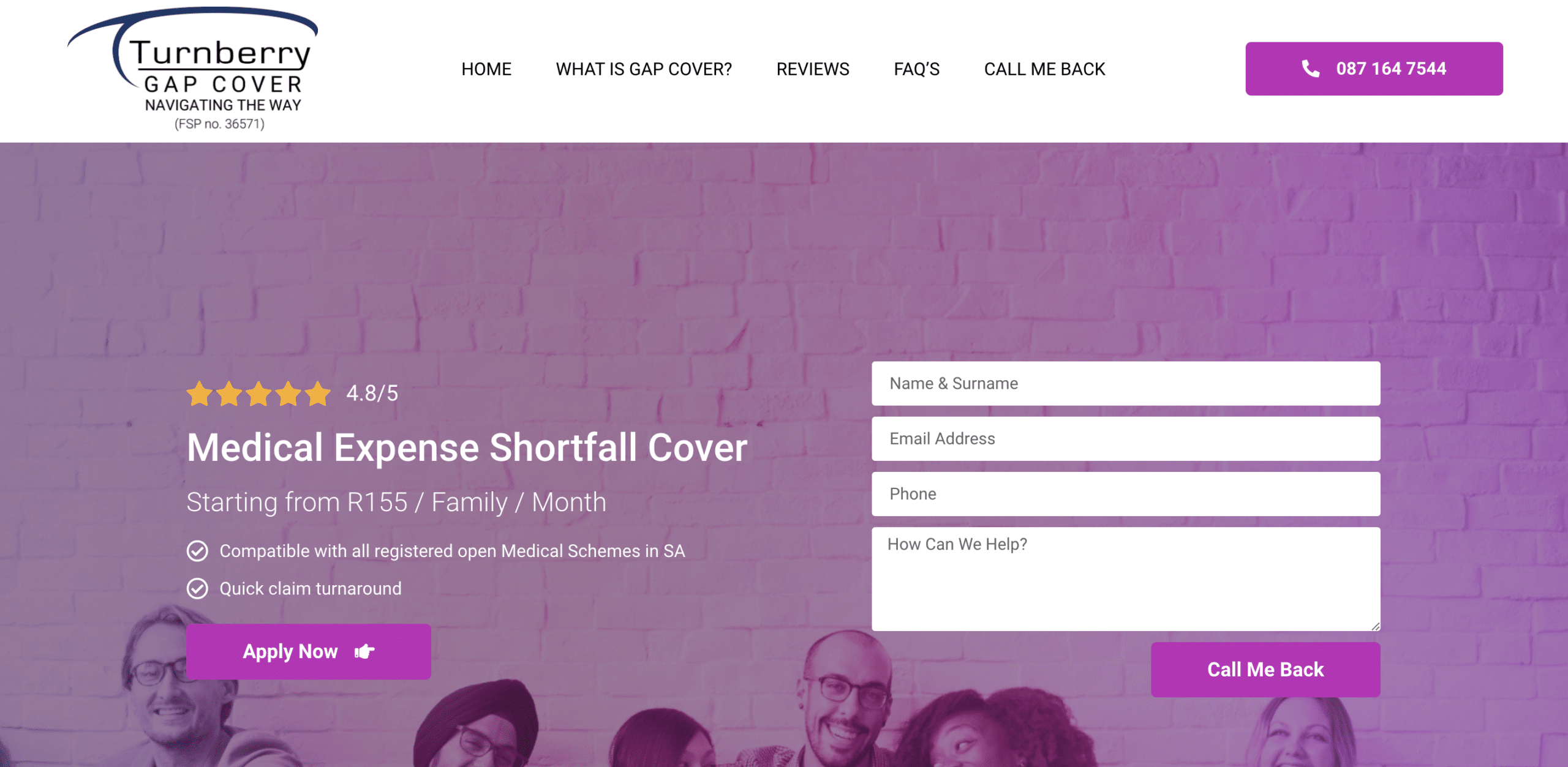
The Turnberry gap cover protects clients and their families from bearing hefty medical expenses uncovered by their medical aid. The package’s benefits include more than R185 000 per annum for one member’s medical expenses, casualty benefits, and co-payments for MRI, CT and PET scans.
The🧑🏽⚕️ Med-Extend option costs between R366 and R498 per individual per month and the Synergy option costs between R340 and R475 per month.
Turnberry Gap Cover has five plans to choose from
5. Bonitas Medgap Gap Cover

Bonitas offers its members the most affordable gap cover packages from a premium rate of between R334 and R656 for families in the supreme package. It covers hospitalisation fees and medical treatment expenses.
Your MedGap GAP cover policy will give you peace of mind by covering the shortfall that you are liable for – saving you from extra expenses.
Bonitas also offers the MedGap Primary, MedGap Student Gap Cover, and MedGap Millennial Gap Cover options.
FAQs
What is meant by medical gap cover in South Africa?
Gap Cover gives you cover for costs above or additional to the medical scheme rate when your approved in-hospital or doctor’s claim is higher than what your medical scheme pays.
How much does gap cover cost in South Africa?
Gap cover can cost anything from about R260 for a basic, compact type of cover, but for around R500 you can buy a decent policy.
Can I get gap cover if I have a medical aid?
Yes, you can still get gap cover if you have a medical aid, because gap cover is designed to complement a medical aid.
Is there a general waiting period for Gap Cover?
Yes, there is a general waiting period for gap cover, which varies depending on the provider and the plan.
Is shortfall insurance and gap cover the same thing?
Shortfall insurance covers additional medical costs, or the difference between the fees charged by specialists and the funds provided by the medical aid and is also called gap cover.
Can I keep my Gap Cover Policy?
Yes, you can keep your gap cover policy as long as you continue to pay your premiums although a few gap cover providers may have age restrictions or limitations on how long you can be covered.














